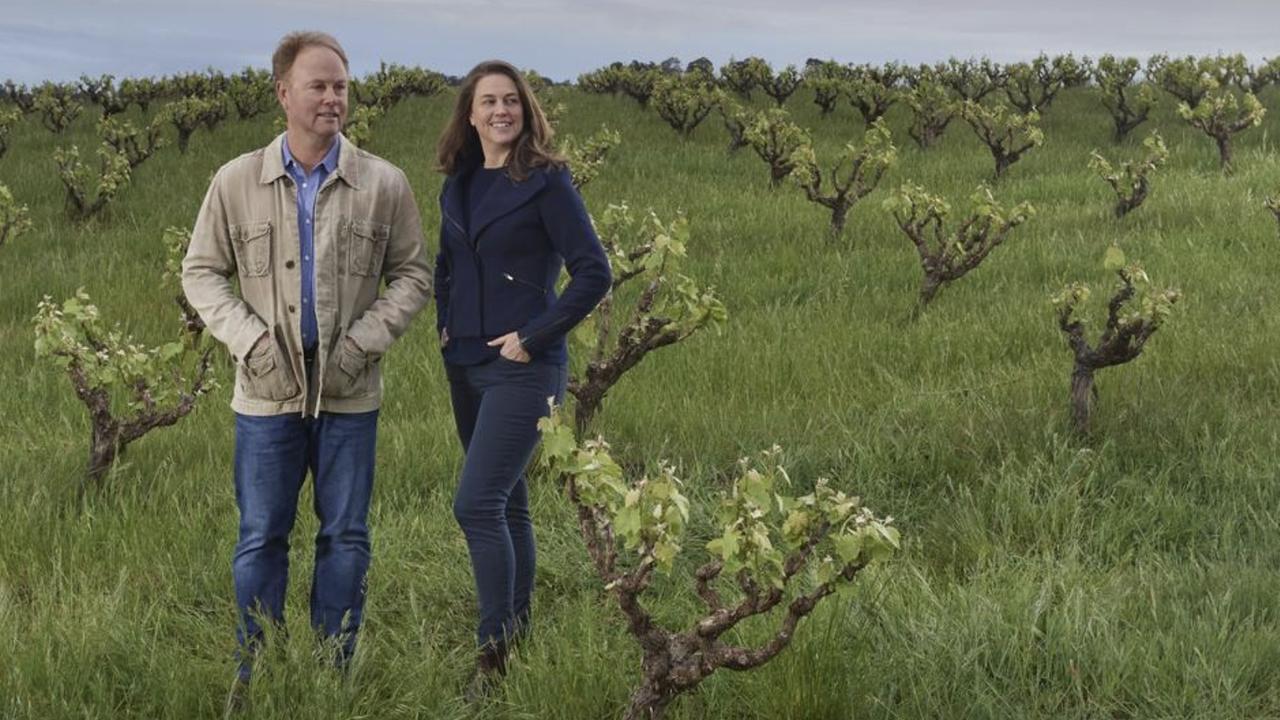Hello Sailor: now I’m cooking for a golden retriever, too
Pet food manufacturers want people to think they’re incapable of feeding their own dogs. That’s a modern notion — and it’s wrong.

Sailor came into our lives unexpectedly. No, not a surprise pregnancy but a gift. We knew her already; she’d visited, been walking and swimming with us in Melbourne. But her parents couldn’t keep her and wondered if we’d like to, which is how a then five-year-old golden retriever bitch found herself on a plane west from Melbourne to Perth and then by car to Quindalup, arriving shaking and cowed.
Thirty months later, I still call her an unusual dog but like most mature-age couples living alone, we dote on the animal, in our case like the child we never had. And of course she sleeps on our bed with us; she’s cleaner than me.
Yet it occurs that what, when and how we feed her is mostly about what’s convenient to us. Sure, we spend on the best; we’ve long moved on from supermarket brand dog pellets to a product only available from vets (on, may I say, veterinary advice). And the dog is thriving, based on the usual benchmarks of weight, coat, teeth, general vigour.
But it’s a regimen that is, let’s face it, super convenient for us, and factors in little in the way of variety for her: she gets chicken meat when I make stock, raw kangaroo meat regularly, apple cores and raw carrots occasionally, but from a gustatory perspective, it’s anything but a dog’s life, really. It’s bland.
For Sailor, things are about to change. A recent episode of the BBC podcast The Food Chain has convinced me that more variety and some simple “cooking” for her can only have upsides. As author Jeffrey Steingarten noted some years back in his essay “The man who cooked for his dog” about his golden retriever Sky King: “The ASPCA’s [American Society for the Prevention of Cruelty to Animals] complete dog care manual assured us that Sky’s need for vitamins and minerals are pretty much the same as mine. Most vets and dog food companies want you to believe that only commercial products can be balanced and complete.”
So, keeping in mind the things that are bad for all dogs (chocolate, grapes and rhubarb are among the list of things that are toxic to them) and factoring in things we know disagree with our particular girl (fatty meat), I’m going to prepare for her meals I’d happily eat myself.
As London dog trainer and behaviourist Louise Glazebrook sagely told the podcasts: “One of the things that I feel concerned about is that we as individuals – humans, guardians, whatever you want to call us – have come to the conclusion that we are incapable of feeding our own dogs. We could not possibly figure out what they can eat, what is suitable, what is a diet, but yet [believe] feeding them a package item that has a four-year shelf life and is classified as “complete” would do that job much better… I’ve got two children, I’ve managed to keep them alive, they are seven and nine and have survived this long, so I think I am more than capable of figuring out what my dog needs to eat and that will vary on a daily basis.”
I put lamb ribs, an assortment of past-prime vegetables (cauliflower, Brussels sprouts, carrot) and water into the pressure cooker and arced it up for 20 minutes, then let it cool, removed the bones and fat and presented it to a very happy girl. I think I heard her say, “Needs salt”. But I’d also like to think that smile said “finally”. I’ll “cook” for her a couple of times a week now; I think it might do us both a lot of good.
lethleanj@theaustralian.com.au


